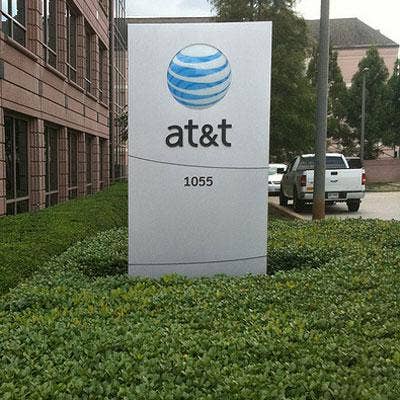AT&T Focused On Next-Gen Networking, 5G As Carrier Stands 'Ready To Close' Time Warner Deal

All eyes were on AT&T's proposed acquisition of media giant Time Warner during AT&T's 2018 first quarter earnings call, an $85 billion deal currently tied up in federal court as the Department of Justice opposes the acquisition, maintaining that the merger could result in price hikes for consumers.
Both AT&T and the DoJ are wrapping up their respective arguments in a trial on the case and closing arguments are expected to start April 30.
"We optimistically wait for the court's decision … Based on the ruling, we stand ready to close," John Stephens, AT&T's senior executive vice president and CFO, told investors during the carrier's earnings call Wednesday evening.
[Related: AT&T Channel Chief: 'It's All About Enablement Of The Channel' ]
But while Dallas-based AT&T waits for approval for its Time Warner deal, the carrier is focused on building a "premier" communications network, which will include virtualization and high-speed internet technology such as 5G.
As of the end of 2017, AT&T had successfully virtualized 55 percent of its network. Stephens said the carrier expects to be at 65 percent by the end of this year.
"We're already beginning to see operating expense savings from our move to a software-defined network," he said. "We are well on our way to meet or exceed our goal of 75 percent virtualized by 2020."
AT&T's fiber network, the backbone for 5G, is extensive and growing, Stephens said.
"We are on track to build fiber to 12.5 million customer locations. We now reach more than 8 million locations with fiber … this is in addition to the 8 million business locations that we have today within 1,000 feet of our fiber," he said.
For the first quarter ending March 31, AT&T's Business Solutions revenues dropped slightly to $9.19 billion from $9.69 billion in Q1 2017. However, strategic services, which include Ethernet, cloud, and VoIP sales, increased by 5.6 percent from $2.97 billion last year to $3.14 billion during the just concluded quarter.
On the business wireless side, revenue rose to $2.37 billion in the first quarter from $2.29 billion a year ago. AT&T added new postpaid business subscribers during the quarter, reporting 11.94 million wireless connections compared to 11.24 million in the year-ago quarter. AT&T said it had 41.73 million connected devices on its network in the first quarter, up from 32.40 million in Q1 2017.
Predictably, revenue from legacy voice and data services dropped to $2.84 billion during the quarter, down from $3.55 billion one year earlier. AT&T said that growth in strategic services and wireless equipment is helping to offset declines in legacy services.
AT&T did not break out revenues for its Partner Solutions segment for the first quarter.
The company reported revenue of $38.04 billion for the first quarter, down more than 3 percent from $39.37 billion in the same quarter one year earlier and missing Wall Street's revenue estimate of $39.31 billion. The carrier attributed the lower revenue to declines in legacy wireline, domestic video, and wireless services.
Net income for the first quarter was $4.66 billion, up more than 34 percent from $3.47 billion in the first quarter of 2017. Earnings per share in the first quarter was $0.75 compared to $0.56 EPS one year ago.